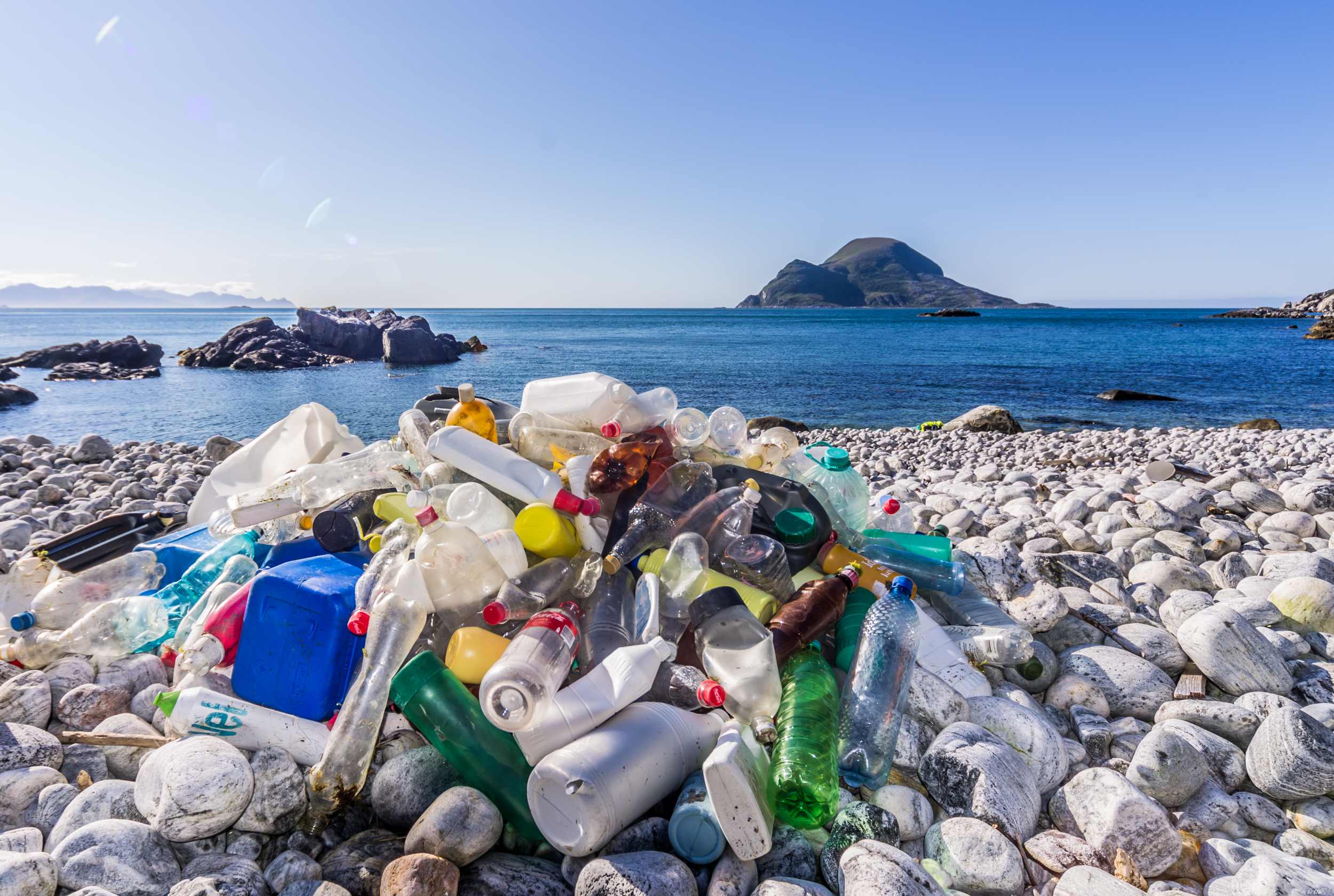When I was an undergraduate student, I lived at the Duke Smart Home in Durham, North Carolina, a building for climate-conscious students featuring solar panels, rainwater collection, and sustainable architecture. As you might imagine, we all loved recycling. We’d recycle everything, even things that definitely weren’t supposed to be recycled, like plastic bags and greasy pizza boxes. We figured we would take the chance and in case the item could be recycled, we’d be doing our part to save the environment.
Well, we were wrong. We got a call from the facilities managers, who said we were massively contaminating the recycling facility on campus. They came by our house and taught us about the harms of over-recycling: They had to shut down their facility a couple of times due to plastic bags getting caught in the machines.
The main lesson they taught us: If you’re unsure if something can be recycled, throw it in the trash. This feels counterintuitive because it seems to contribute to plastics pollution; plastics thrown in the trash end up in landfills, incinerated, or in the oceans.
But plastics put in the recycling bin don’t fare much better. Even though many plastics have the distinctive three chasing arrows symbols, typically, only certain types (1 and 2, e.g. bottles, jugs, tubs) are consistently accepted by recycling facilities. The rest (3 to 7, e.g. grocery bags, straws, Styrofoam) are mostly rejected and sent to landfills, as the cost of recycling those plastics is more than the value of the recycled good.
All in all, only 5% of plastic waste actually ends up recycled into new products. We might be able to solve the plastics pollution problem by making all plastics we already put in recycling bins recyclable. However, this approach obscures a bigger issue related to climate change: the carbon pollution associated with plastics production. Plastics production releases more than 1.5 gigatons of climate pollution annually (comparable to the emissions of more than 300 million cars), so reducing these emissions is critical. However, using recycled plastic to create new products only reduces carbon emissions by 25% compared to conventional production.
This is why the recycling rhetoric is so harmful. People believe that recycling is good, but in reality recycled goods don’t always end up reprocessed, and those that are don’t significantly reduce climate pollution. This might feel like climate fatalism: Even recycling doesn’t help? To be sure, recycling has brought increased awareness about environmentalism, but it has become an end goal instead of a bridge for further climate action.
By successfully shifting environmental responsibility onto consumers, plastic producers have remained free to pollute with limited consequences. It is time to push back on the lobbying efforts by the plastics industry, which has hyped the recycling narrative to retain existing business practices.
We must solve the root cause of the issue: the lack of clean alternatives to existing plastics that are also cheap. As alluded to above, there are two harmful characteristics of plastics: carbon pollution due to the fossil fuels used when producing them, and plastics pollution caused by dumping. We need to solve both problems.
Plastic production consumes a lot of energy because many plastic products require high-temperature processing during manufacturing. The heat typically comes from the combustion of fossil fuels, which results in CO2 emissions. Recent advances in clean heating could help manufacturers make the switch to either low-carbon fuels or electrified heating powered by renewables.
At the other end of its life cycle, plastic is extremely durable and can take 20 to 500 years to decompose, often into microplastics that may be harmful to health. Advances in biodegradable or compostable plastics could address the plastics pollution problem by creating alternative chemistries that retain the attractive properties of conventional plastics but degrade more quickly and to a greater extent.
Currently, neither technology is cost-competitive, but they have the potential to be cheap at scale with further innovation. We can accelerate the development and deployment of clean heating and degradable plastics technologies through intentional interventions across the economy:
- Venture capital firms should focus investments into clean heating or degradable plastic startups.
- Legislators should: (a) expand tax credits such as 48C for companies producing cleaner plastics, (b) create incentives that temporarily cover the “green premium” (higher cost) of clean materials while the technologies scale, and (c) pass regulations such as extended producer responsibility programs to require plastics production companies to be held accountable for managing waste.
- Large-scale buyers of plastics should create purchasing agreements with clean or degradable plastics producers to incentivize production and scaling.
- Individuals, instead of poring over packaging to figure out whether the plastic is recyclable, should (a) reduce or reuse plastic products, (b) use alternatives such as metal or glass, and (c) call legislators to express their discontent with current plastics.
To actually save the environment, we need to create cost-competitive alternatives to plastics that are clean, degradable, and perform similarly. Recycling isn’t the solution.
Shomik Verma is a Ph.D. candidate in mechanical engineering at the Massachusetts Institute of Technology whose work focuses on developing revolutionary energy technologies. He is a Paul & Daisy Soros Fellow and a Public Voices Fellow of The OpEd Project.
We help millions of people understand climate change and what to do about it. Help us reach even more people like you.
Source link


